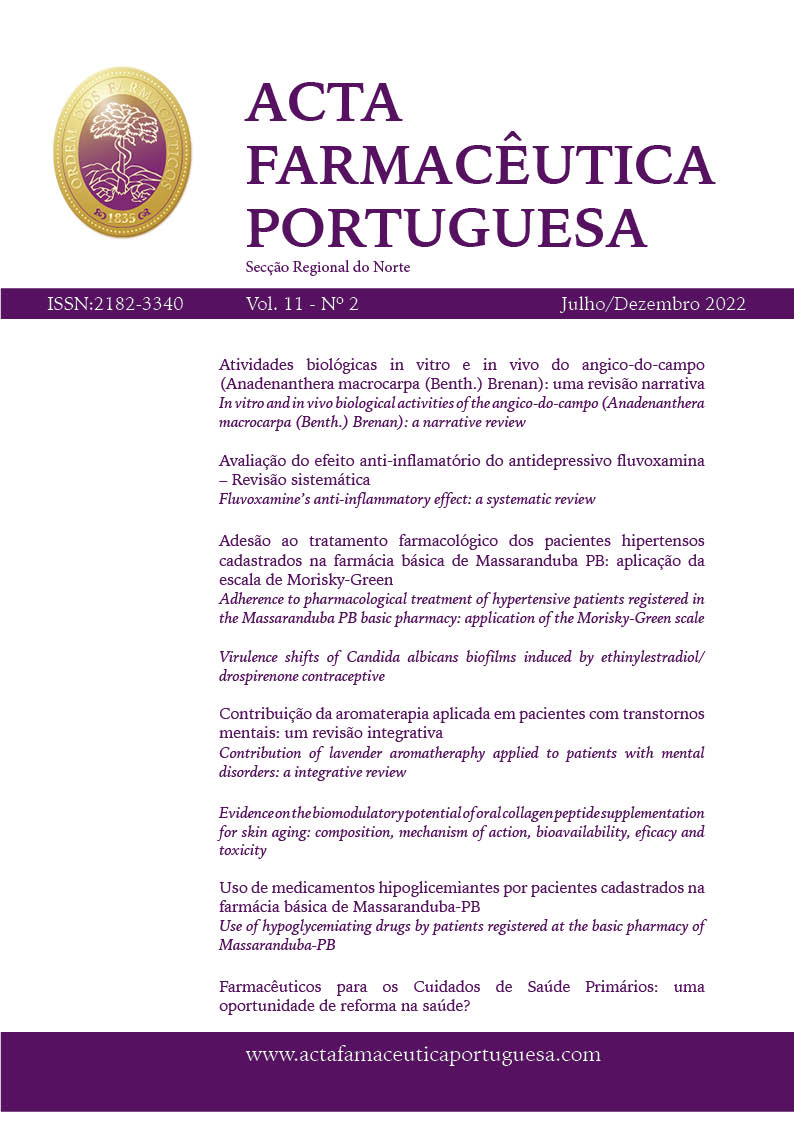Virulence shifts of Candida albicans biofilms induced by ethinylestradiol/drospirenone contraceptive
Resumo
It is estimated that approximately 167 million women worldwide use combined oral contraceptive (COC). In United States, products containing ethinylestradiol plus drospirenone (EE+DRSP) moved about US$ 616 million in 2008. There is evidence that contraceptives increase the virulence of Candida albicans. However, modulation of fungal virulence by drospirenone-containing COC remains unknown. The objective of this study was to evaluate whether virulence factors are increased when C. albicans is exposed to EE+DRSP. The ATCC®90028™, SC5314 and 15A2 strains were grown in the presence of EE+DRSP at 10 nM:10 μM, 50 nM:50 μM, and 100 nM:100 μM under continuous flow in a dedicated bioreactor for biofilm growth. 72-h biofilms were evaluated in relation to their proteolytic capacities, biomass production (MTT reduction assay), and induction of germ-tube formation and measurements of agar invasion. Only 50 nM:50 μM EE+DRSP caused reductions in biomass (p=0.023); the other did not promote any change (p>0.05). The contraceptive exposure was insufficient to cause any increase in germ tubes induction (p>0.05). There was a concentration-dependent increment in the hyphae invasiveness. On the other hand, the proteolytic activity increased in a concentration- dependent manner (p<0.01). When exposed to EE+DRSP, Candida albicans strains do not form greater amounts of biofilm, neither generate more germ tubes, nor become more invasive; however, they secrete greater quantities of proteases, which facilitate the adhesion and invasion of tissue.


